
During the Autoreflex era, Konica produced two lenses in the 35mm focal length: a 35mm f/2.8 and 35mm f/2. Konica would later outsource to Tokina the production of a second, perhaps slightly better 35mm f/2.8. Today, the original f/2.8 is a fairly common lens on the used market while the 35mm f/2 remains somewhat rare and expensive.
Following the tumult of the Second World War, manufacturers of early 35mm single-lens reflex cameras sought to develop wider angle lenses than standard 50mm lenses. In 1950, two lens designers each came out with their own retrofocal 35mm lenses: the Angeniuex 35mm f/2.5 (France) and the Carl Zeiss Jena 35mm f/2.8 Flektogon (East Germany). The two designs shared similar overall characteristics, with a large curved front element followed by a smaller rear group. The Angenieux design used a Tessar-syle rear group and the CZJ design used a Biometar/Xenotar-style rear group. Without a doubt, these two designs provided the template for at least the first generation of 35mm focal-length SLR lenses to follow.
During 1959-60, Japan-based companies Canon, Nikon, and Konica each unveiled their first SLRs, the Canonflex, the Nikon F, and the Konica F. The launch of these cameras was accompanied by the unveiling of a whole system of lenses. Among these were the Canon 35mm f/2.5, the Nikon 35mm f/2.8, and the Konica 35mm f/2. For 1962, Nikon redesigned its 35mm f/2.8 with a double-gauss style rear group. During the early 1960s, 35mm focal-length SLR lenses were quite expensive to produce and all were fairly pricey.
Konica’s 1960 F-mount 35mm f/2 was for a few years the fastest SLR lens in the focal length. With a massive 72mm front filter and weighing 360g, the lens was a monster. It is a rare and highly-collectible lens today. The following year, Konica introduced a cheaper and smaller 35mm f/2.8. The f/2.8 was very similar in design to the first Nikon 35mm f/2.8 lens.
In 1965, Konica abandoned its F mount altogether and introduced its brand-new lens “Autoreflex” line of camera bodies and lenses. Among the initial lenses offered for the system was the carried-over 35mm f/2.8. At some time around 1972-73, Konica introduced a brand-new 35mm f/2 around the launch of the Autoreflex T3. The f/2 version had nothing in common with the Flektogon-inspired design. The later versions of both lenses evolved with Konica’s barrel redesigns, using rubber focusing rings. Despite the differences in barrel design, the lens designs remained unchanged.
During the late 1970s, Konica contracted out certain lens designs to Tokina. Among the Tokina-produced lenses was a new version of the 35mm f/2.8. The Tokina lens was again a Flektogon-derived design, superficially resembling the 1962 35mm f/2.8 Nikkor non-Ai lens. Today, this second-generation 35mm f/2.8 is surprisingly rare and pricey. Although I have never used one, it can’t believe that it is anything special.
In my opinion, the 35mm f/2 is clearly the better lens overall, has wonderful and gentle rendering at the wider apertures, and remains generally one of the more desirable Autoreflex lenses. Let’s take a look.
Specifications
| 35mm f/2 AR | 35mm f/2.8 (f/16) AR | |
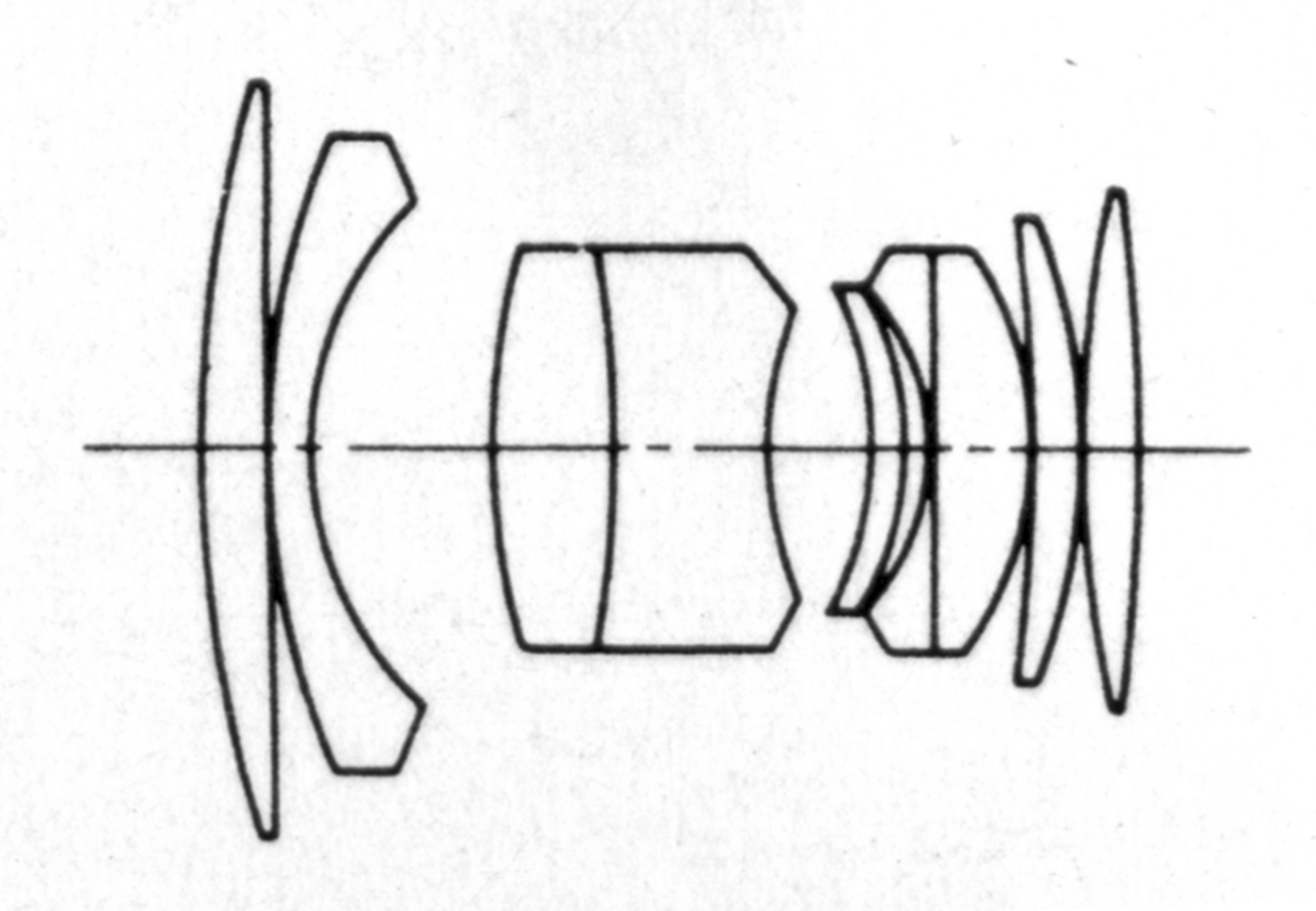 |  | |
| Year | @ 1972 | 1965 |
| Taking Angle | 63 degrees | 63 degrees |
| Design | 9 elements, 7 groups | 6 elements, 5 groups |
| Aperture | f/2 – f/16 in half-click stops | f/2.8 – f/16 in half-click stops |
| Minimum Focus | 0.3m | 0.3m |
| Filter Size | 55mm | 55mm |
| Weight | 320g | 240g |
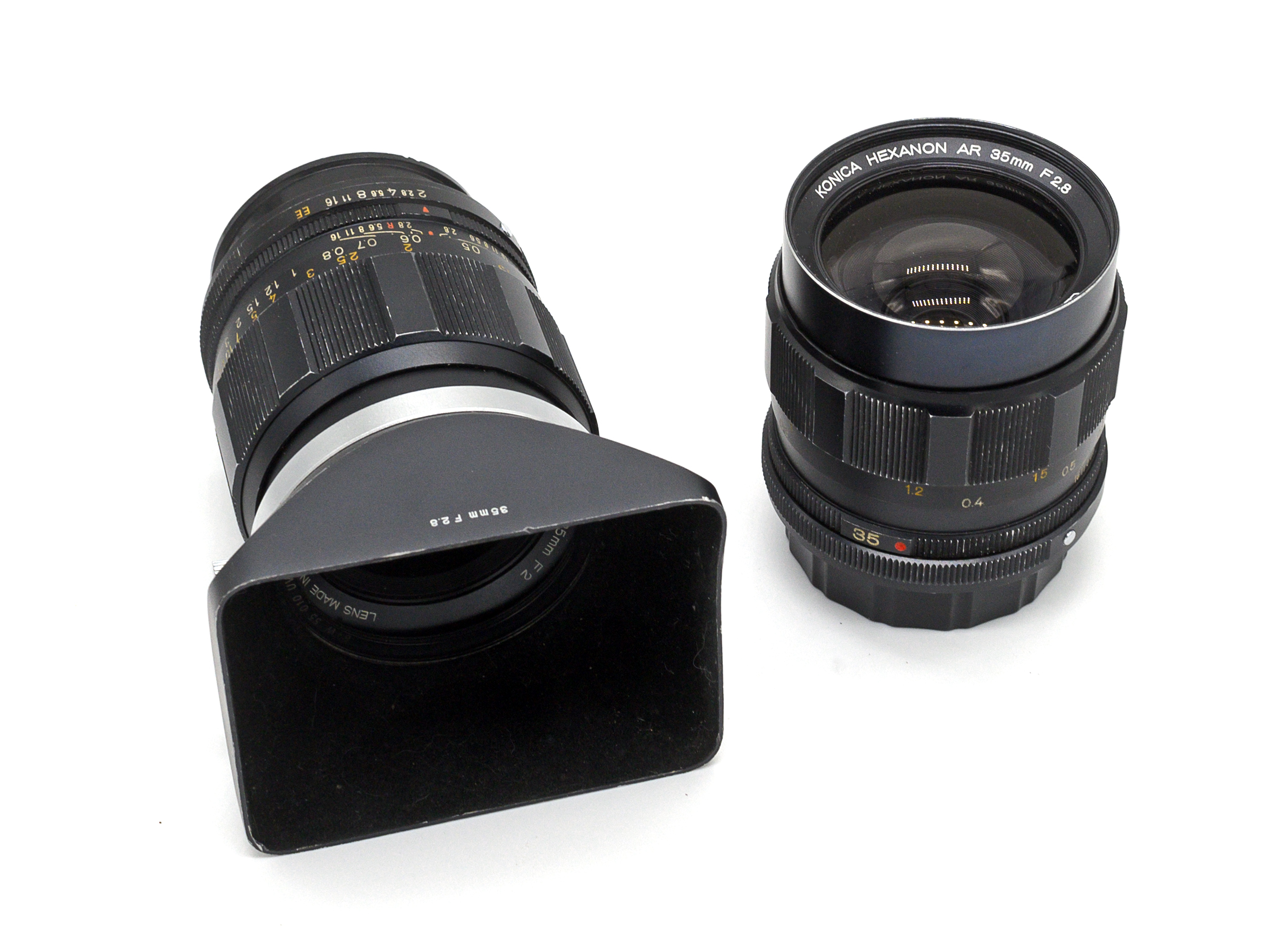
Tests
The following were taken on a Nikon Z6 with all automatic corrections turned off. We tweaked the white balance but otherwise made no other substantive changes. Click on the images below to see a 4500 pixel version.
Flat Surface Test
f/2

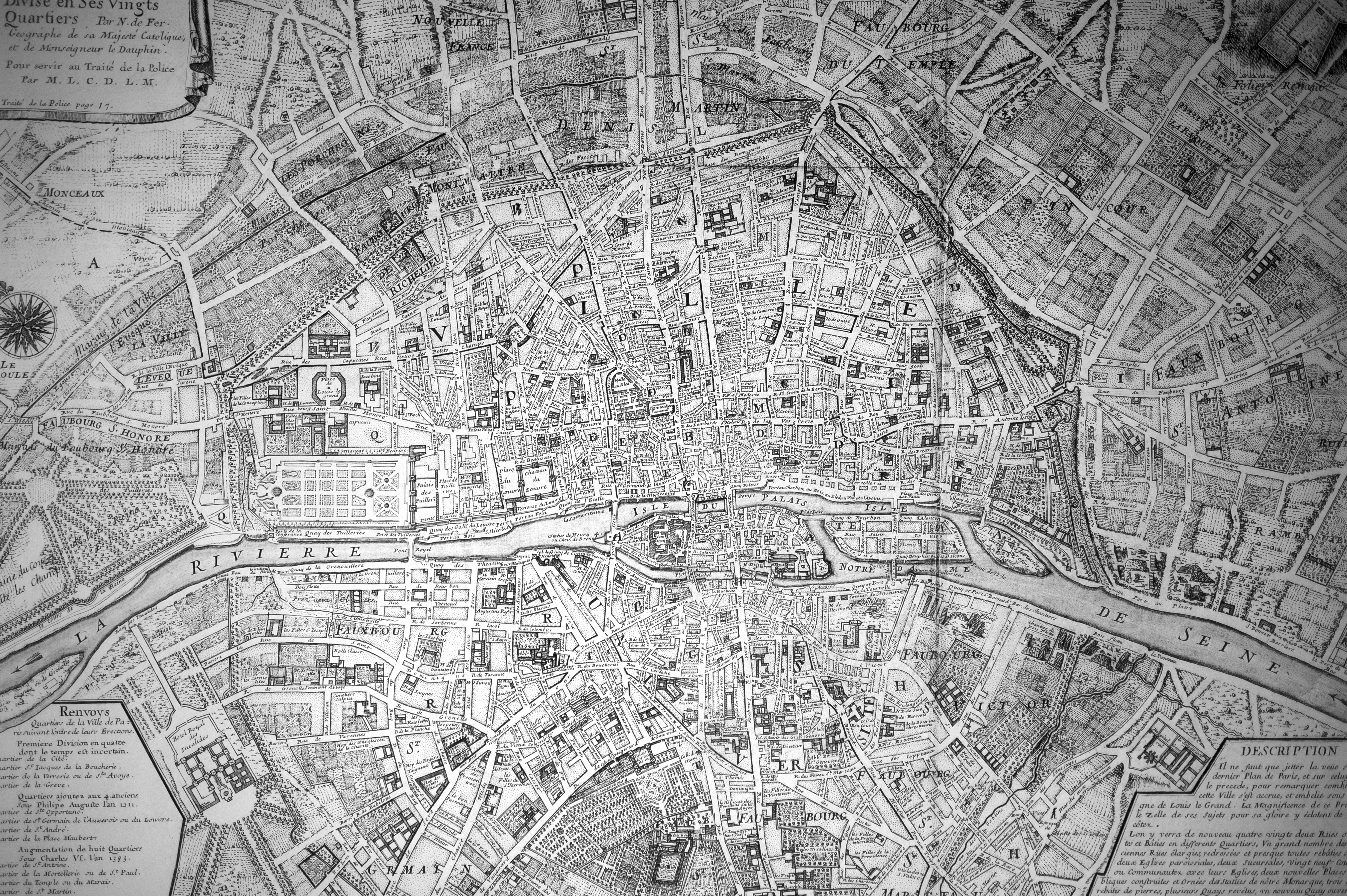
f/2.8
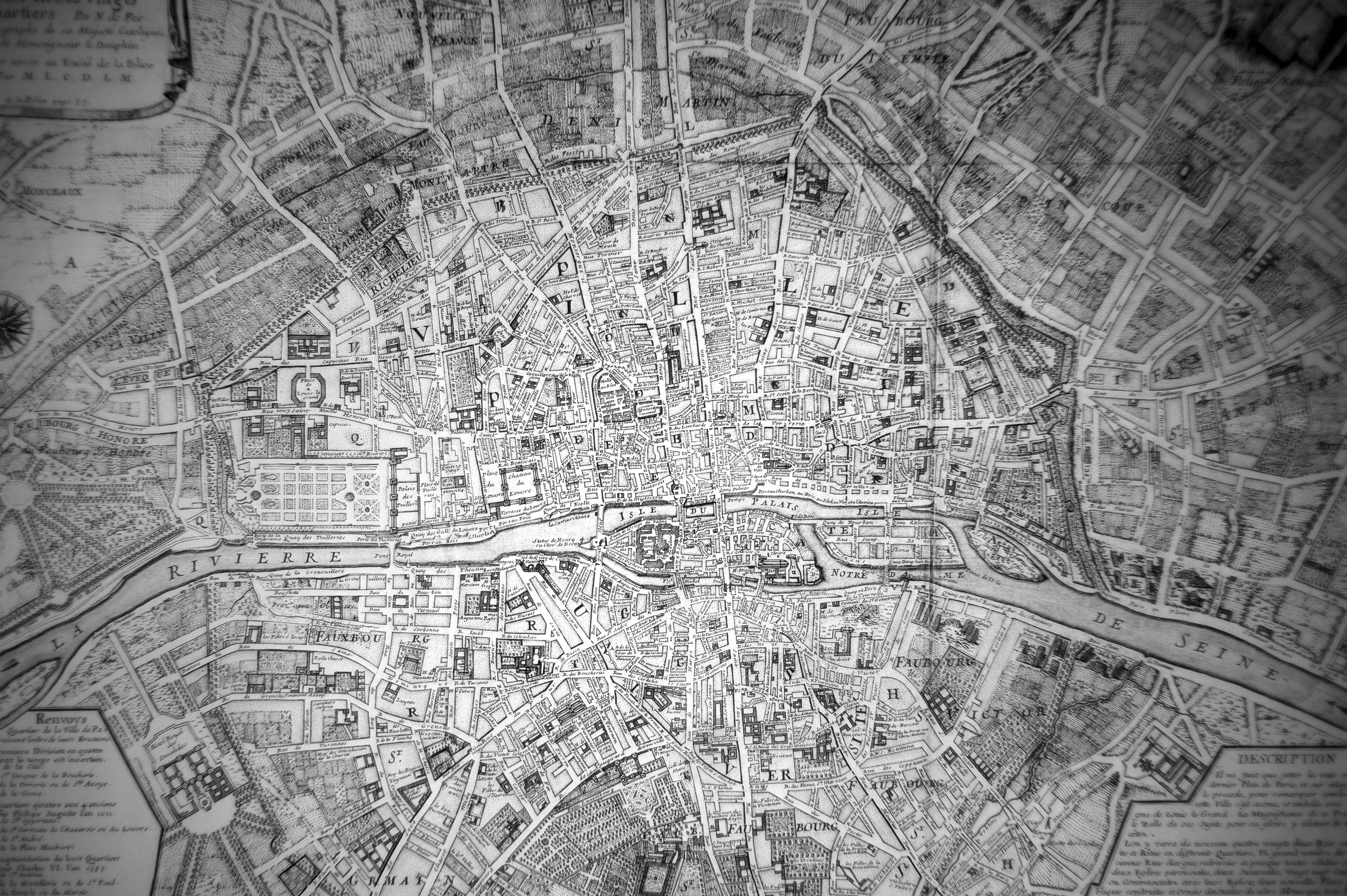


f/4
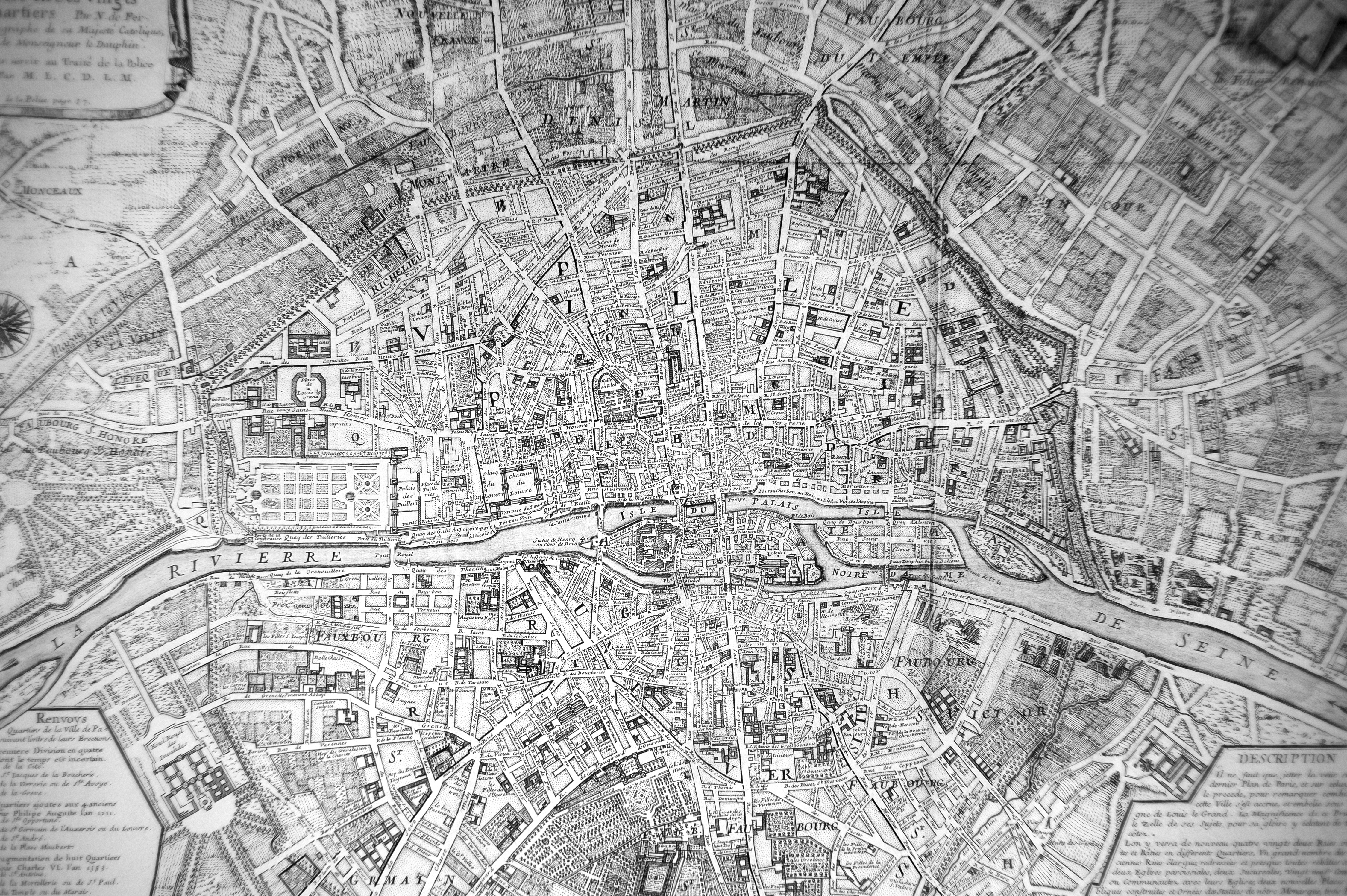

f/5.6
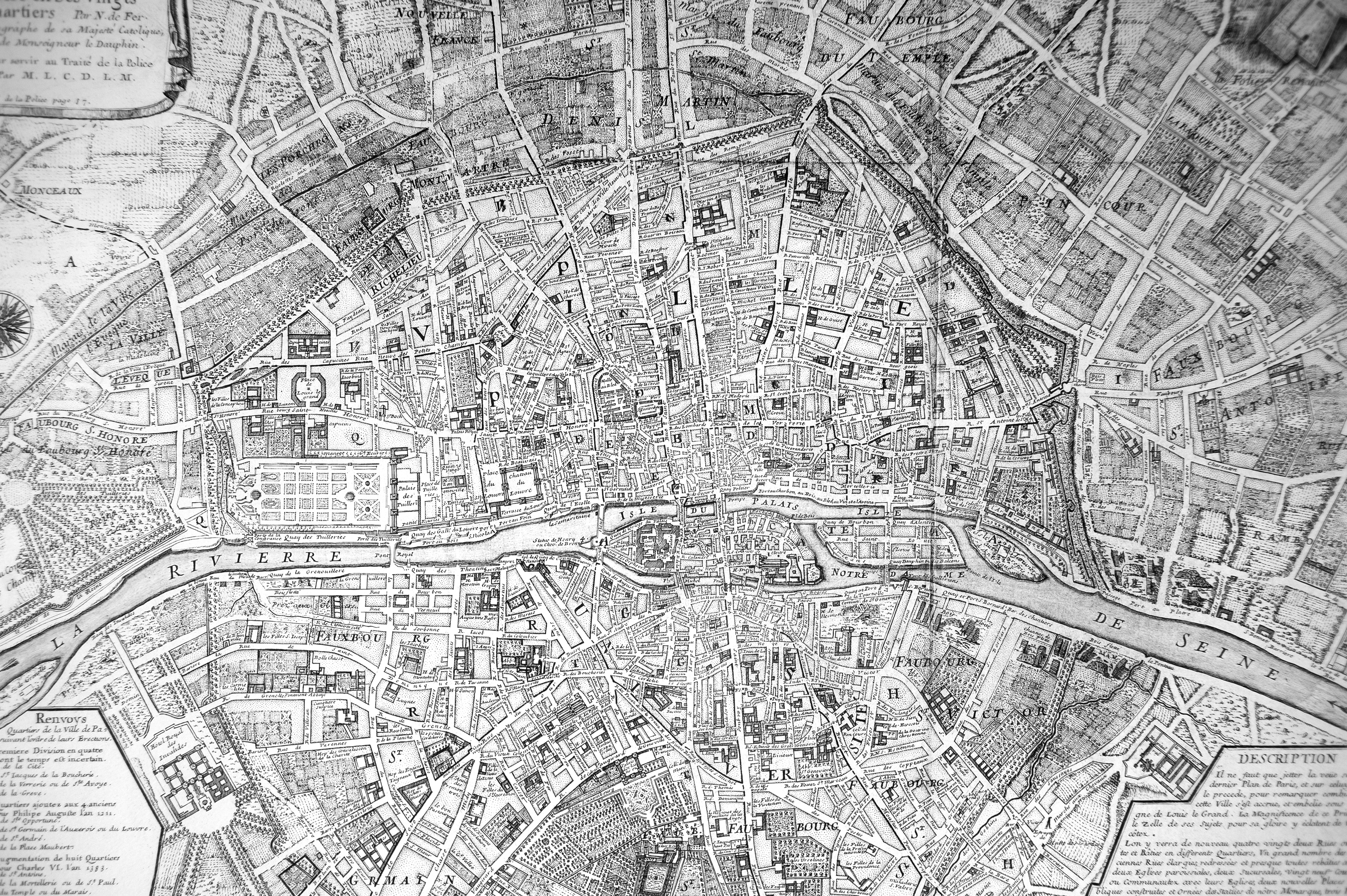
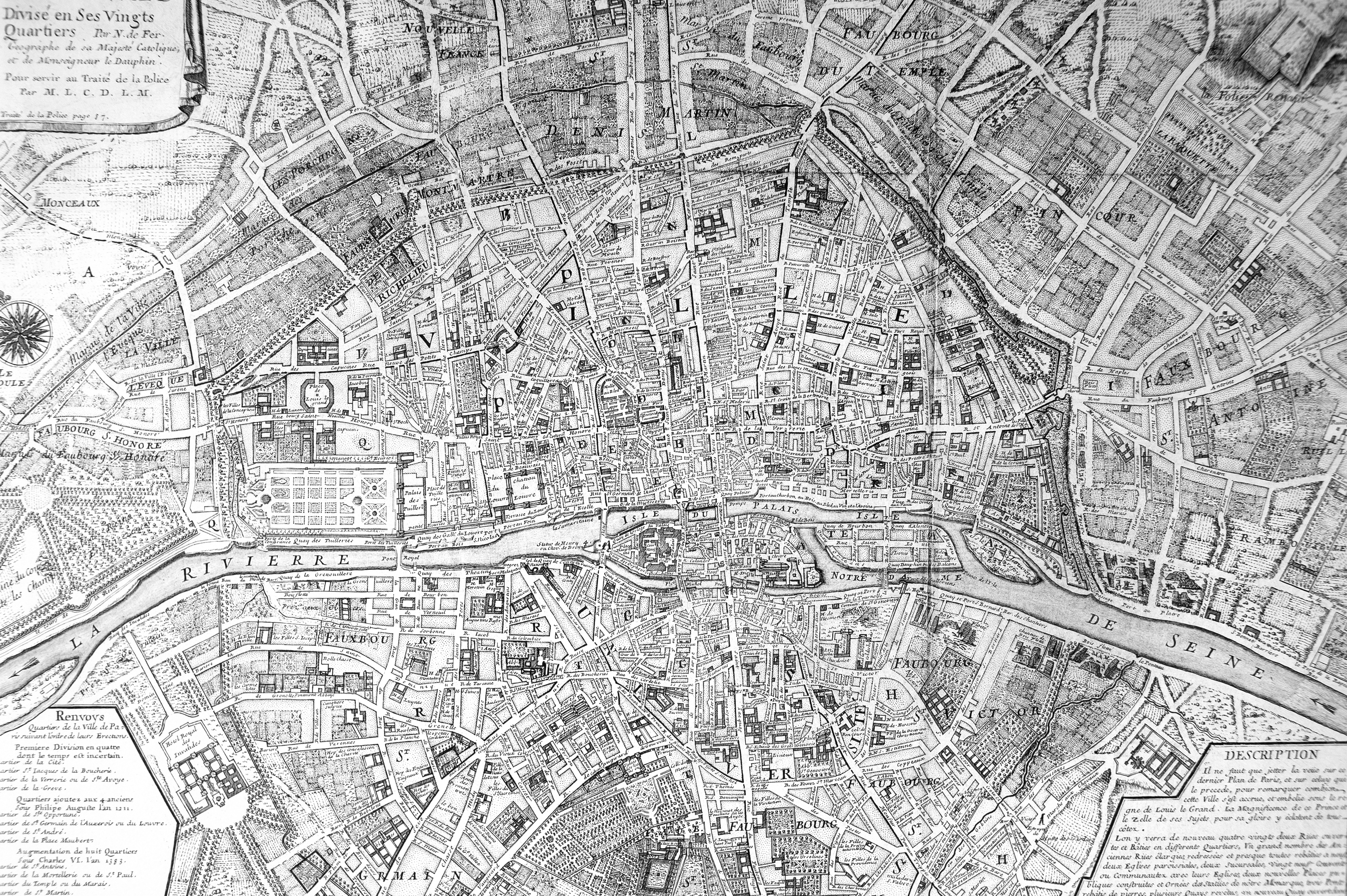
f/8


f/11
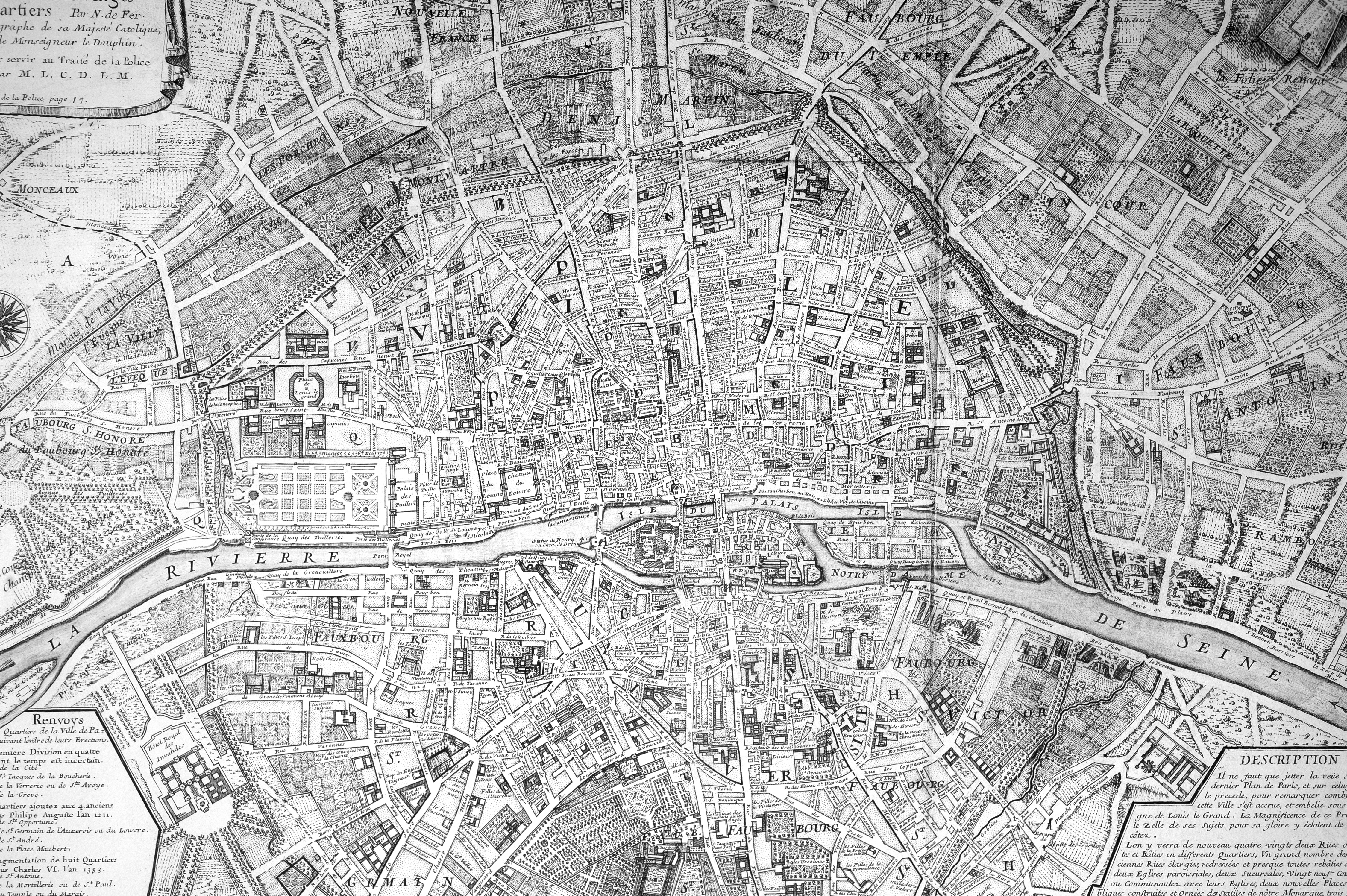
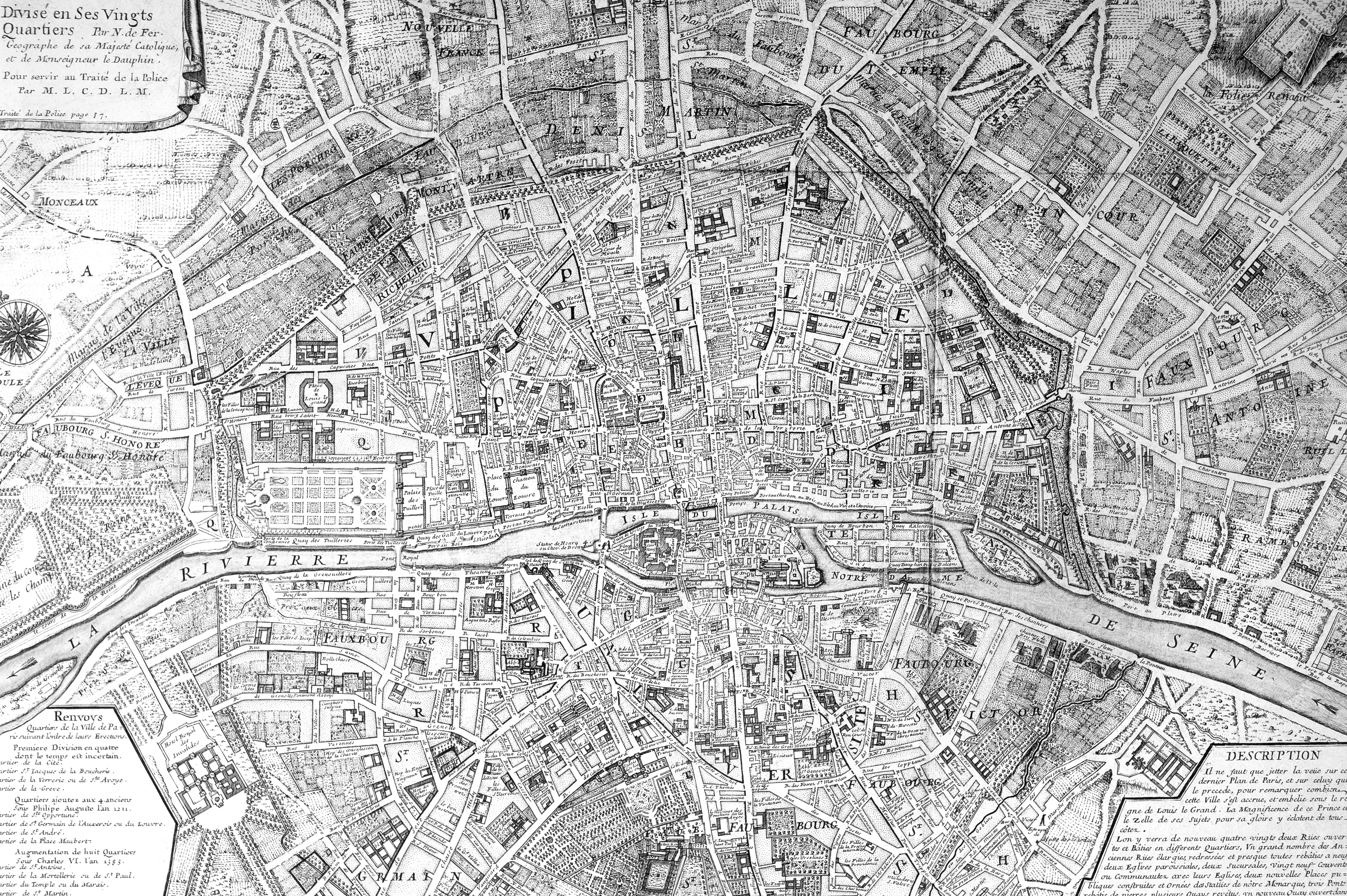
Outdoor Shots
f/2

f/2.8
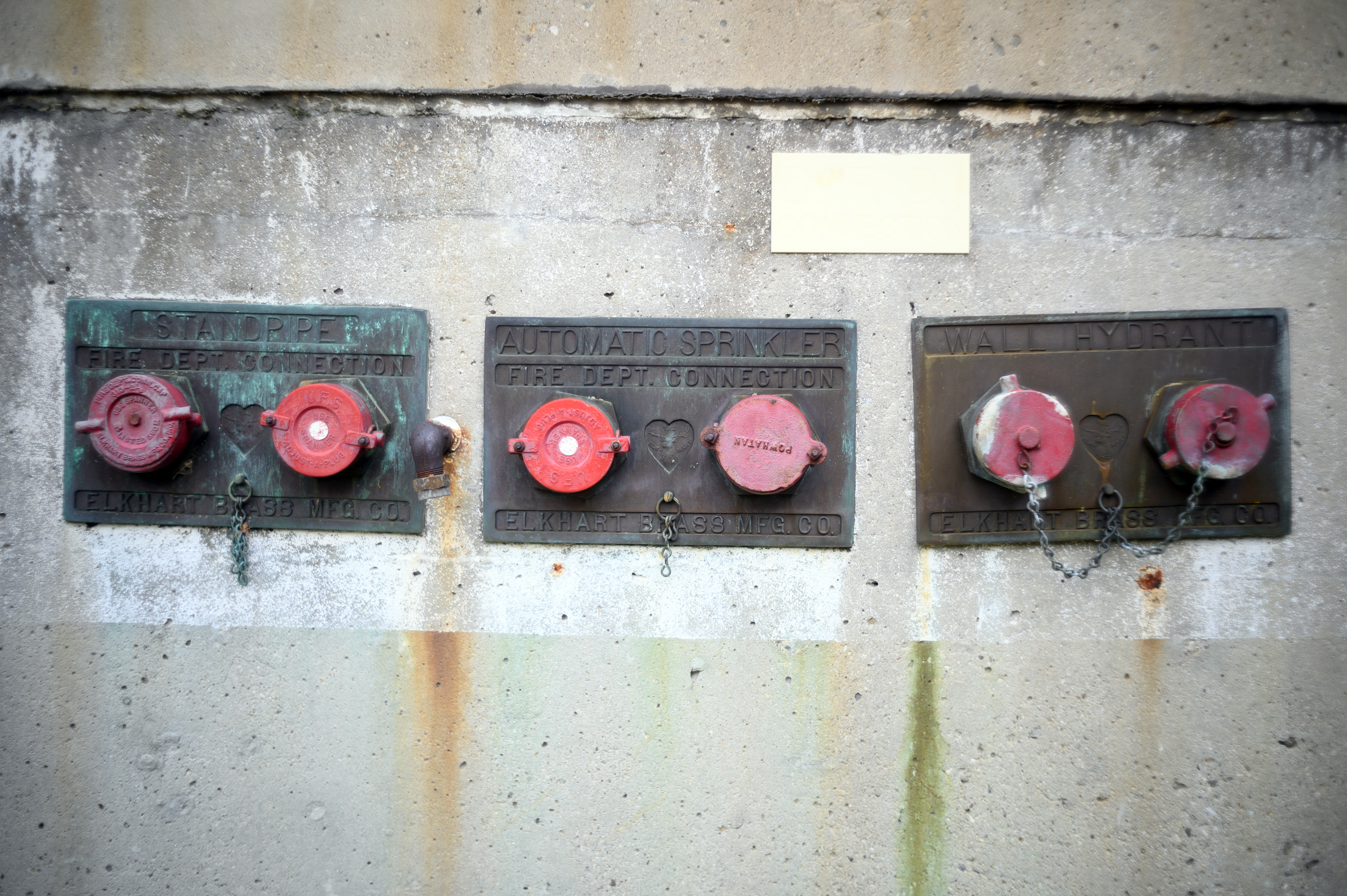
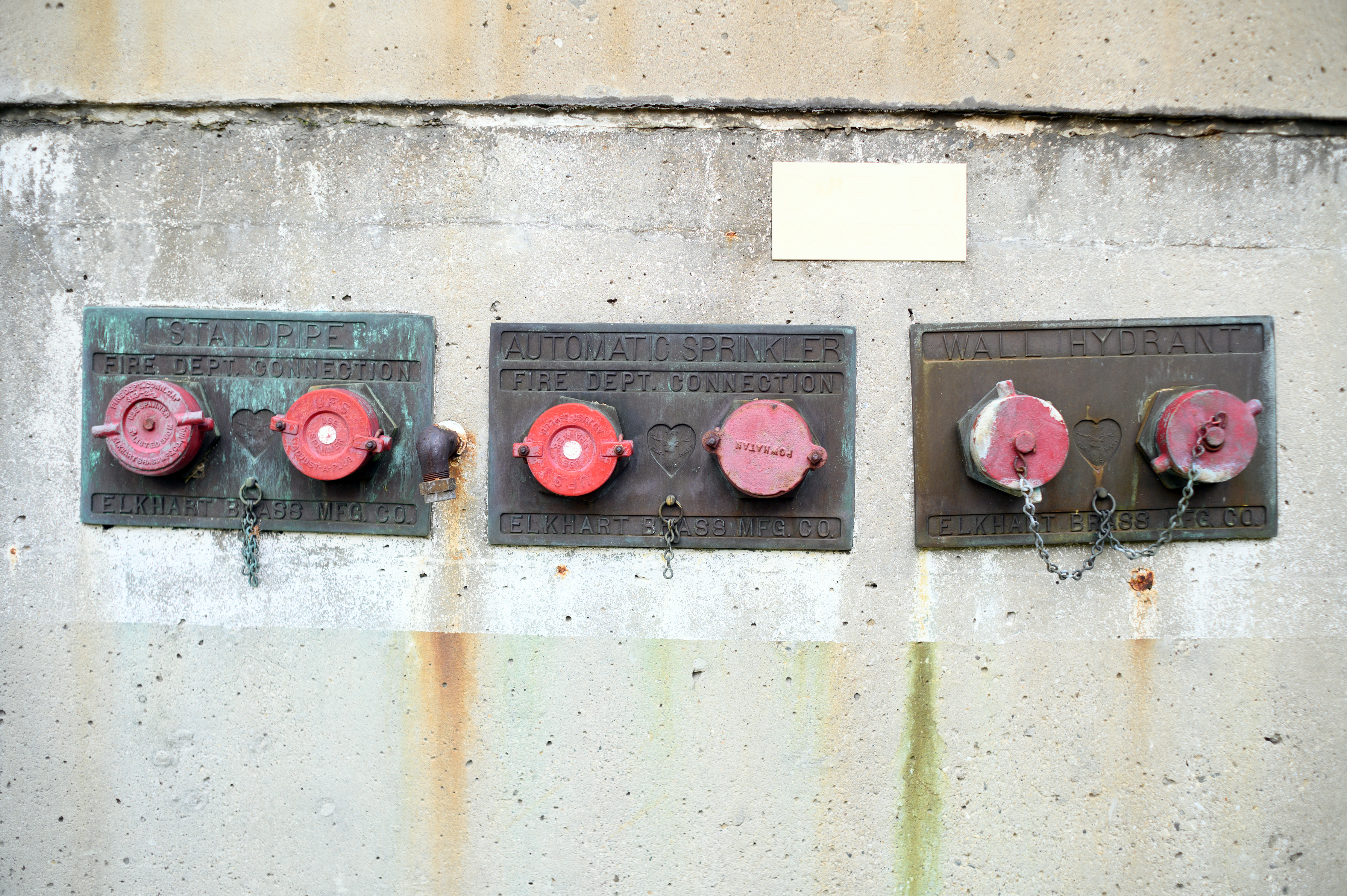
f/4
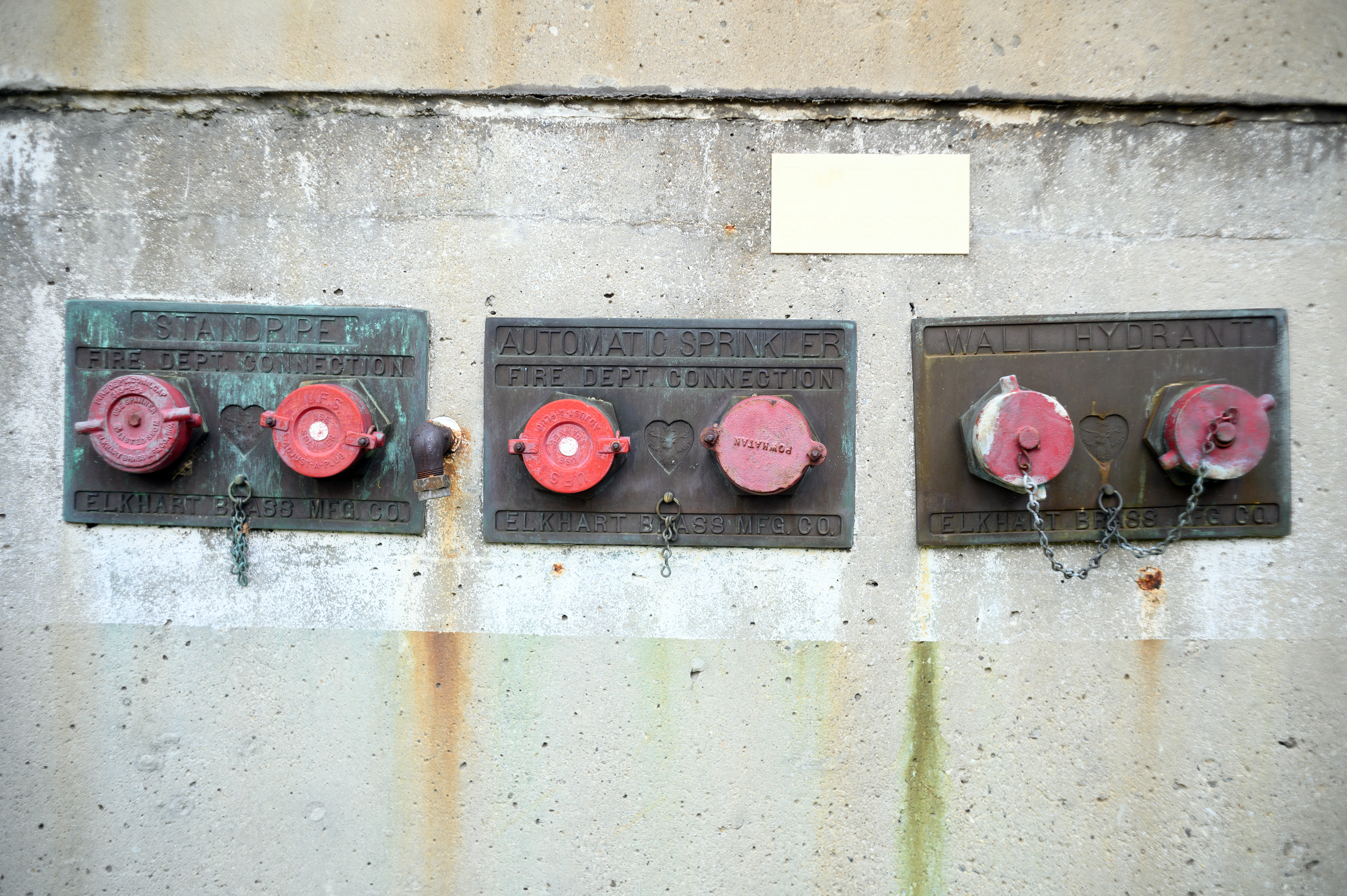
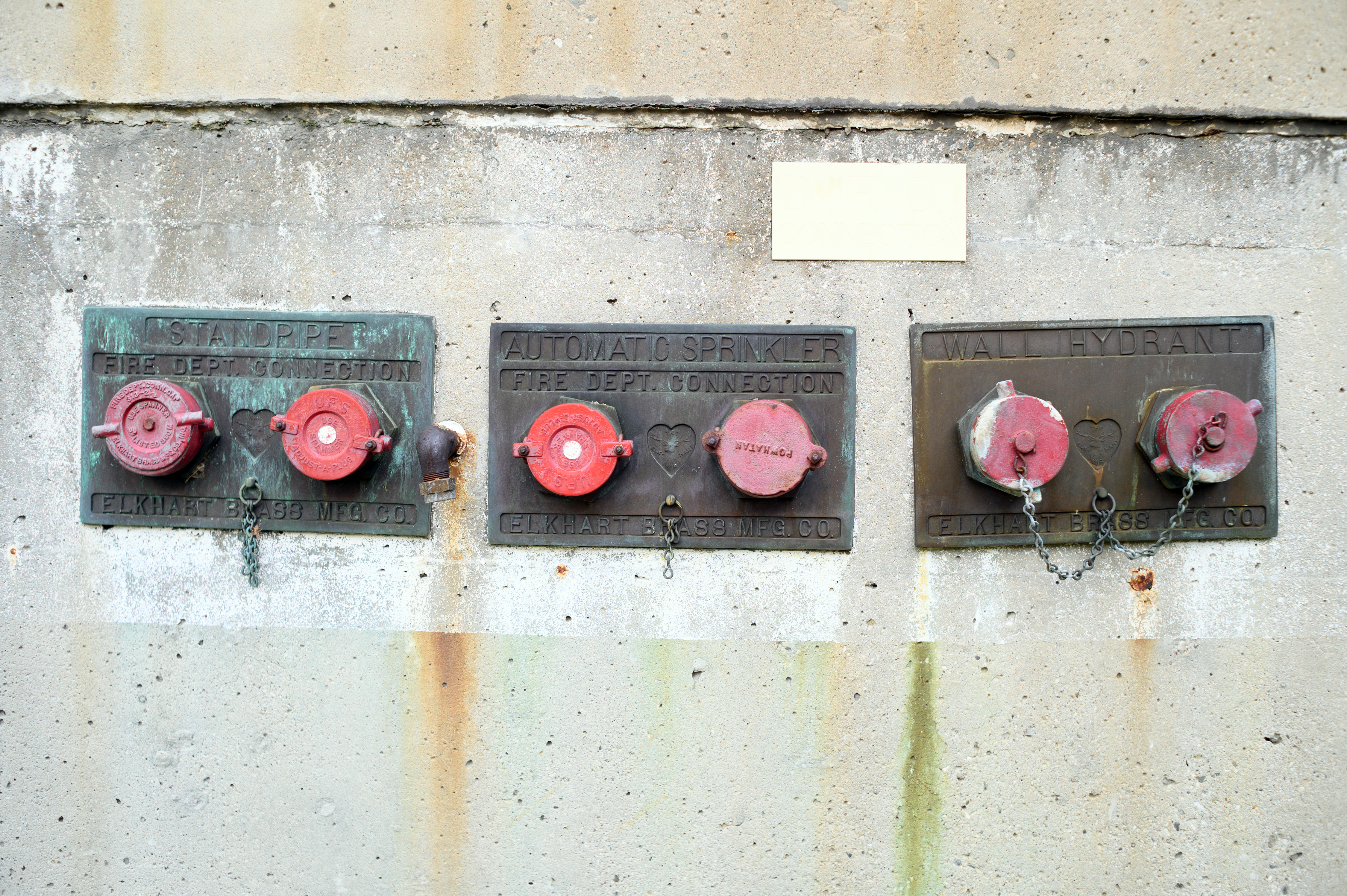
f/5.6

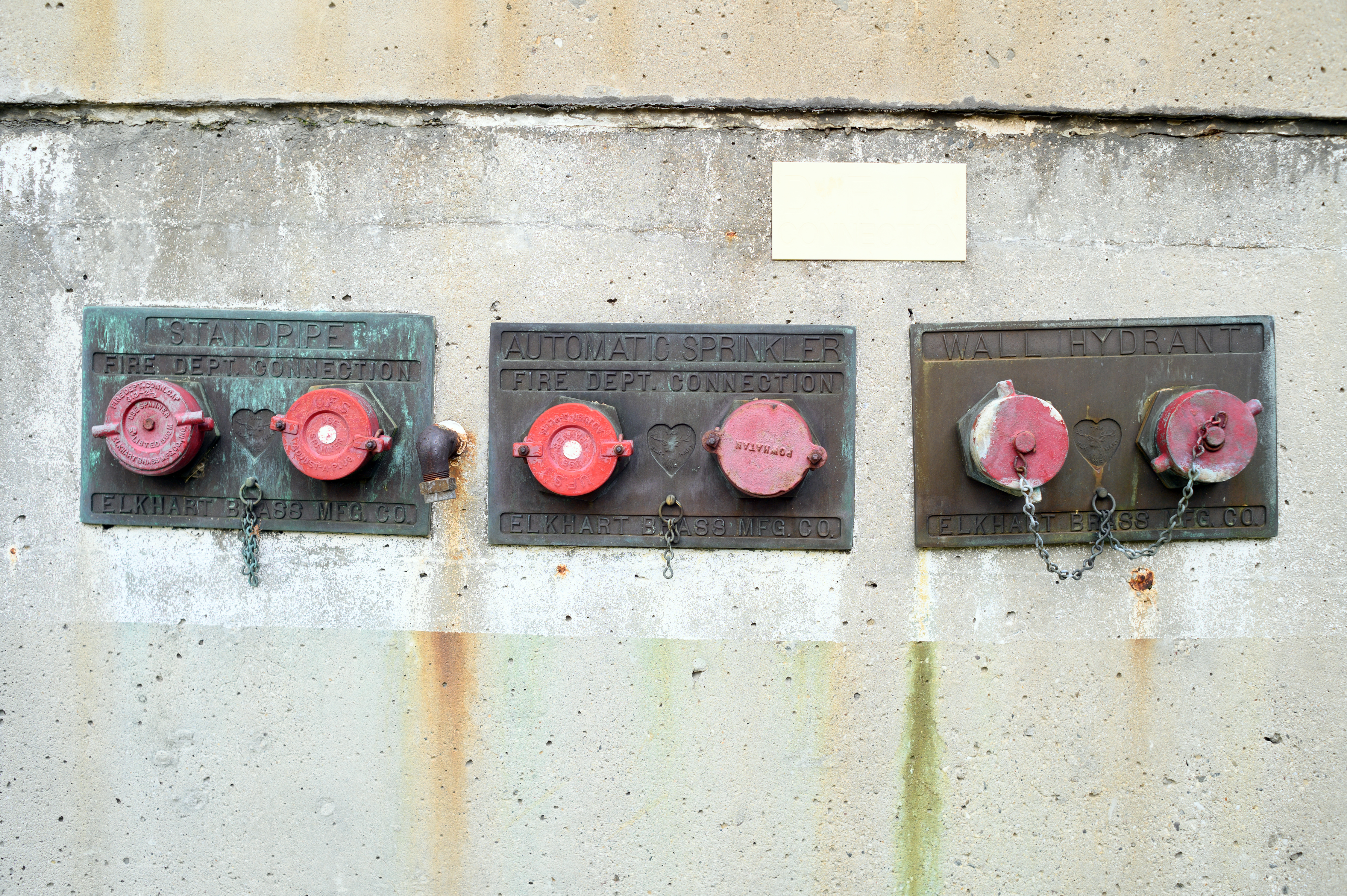
f/8
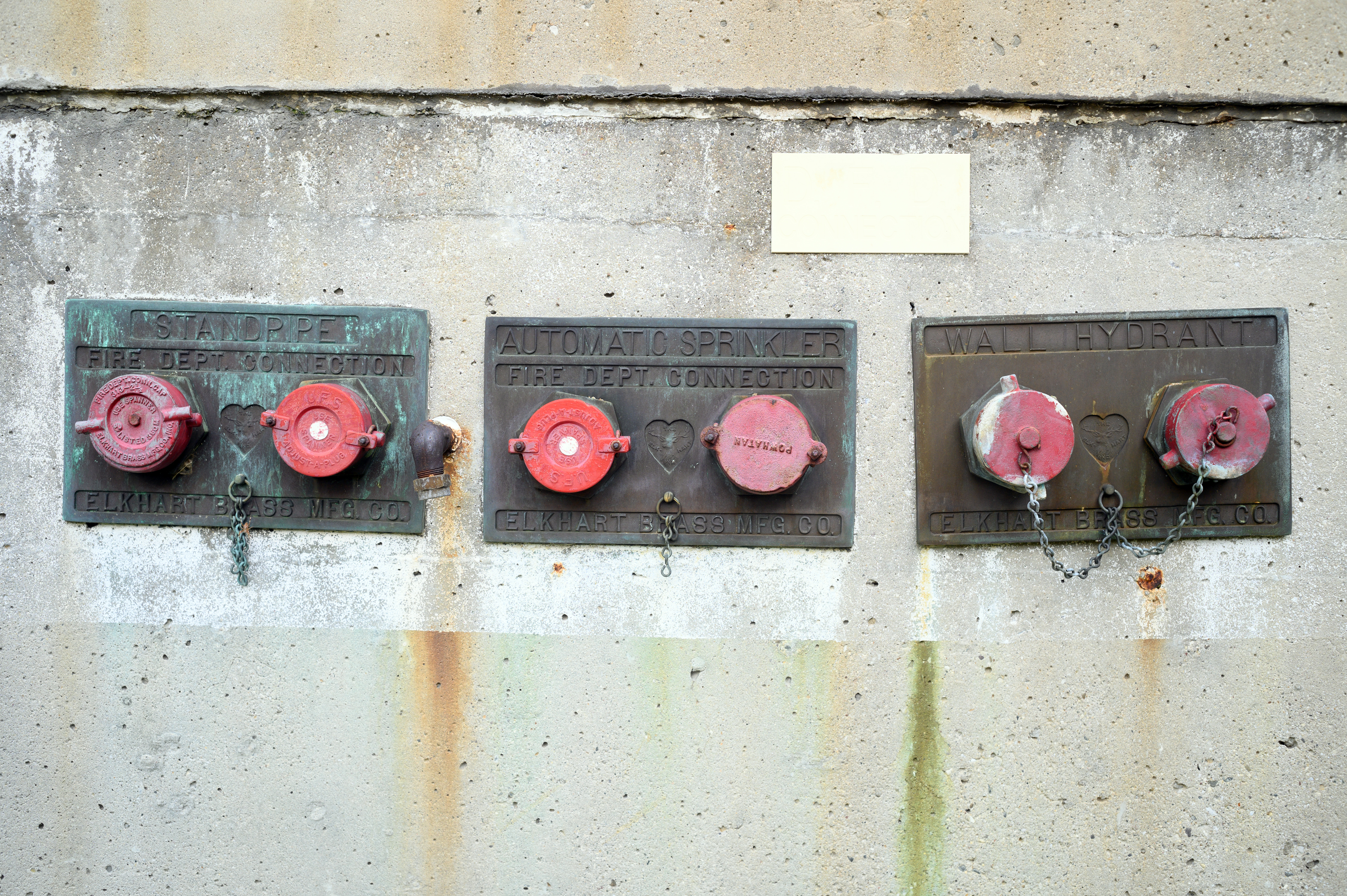
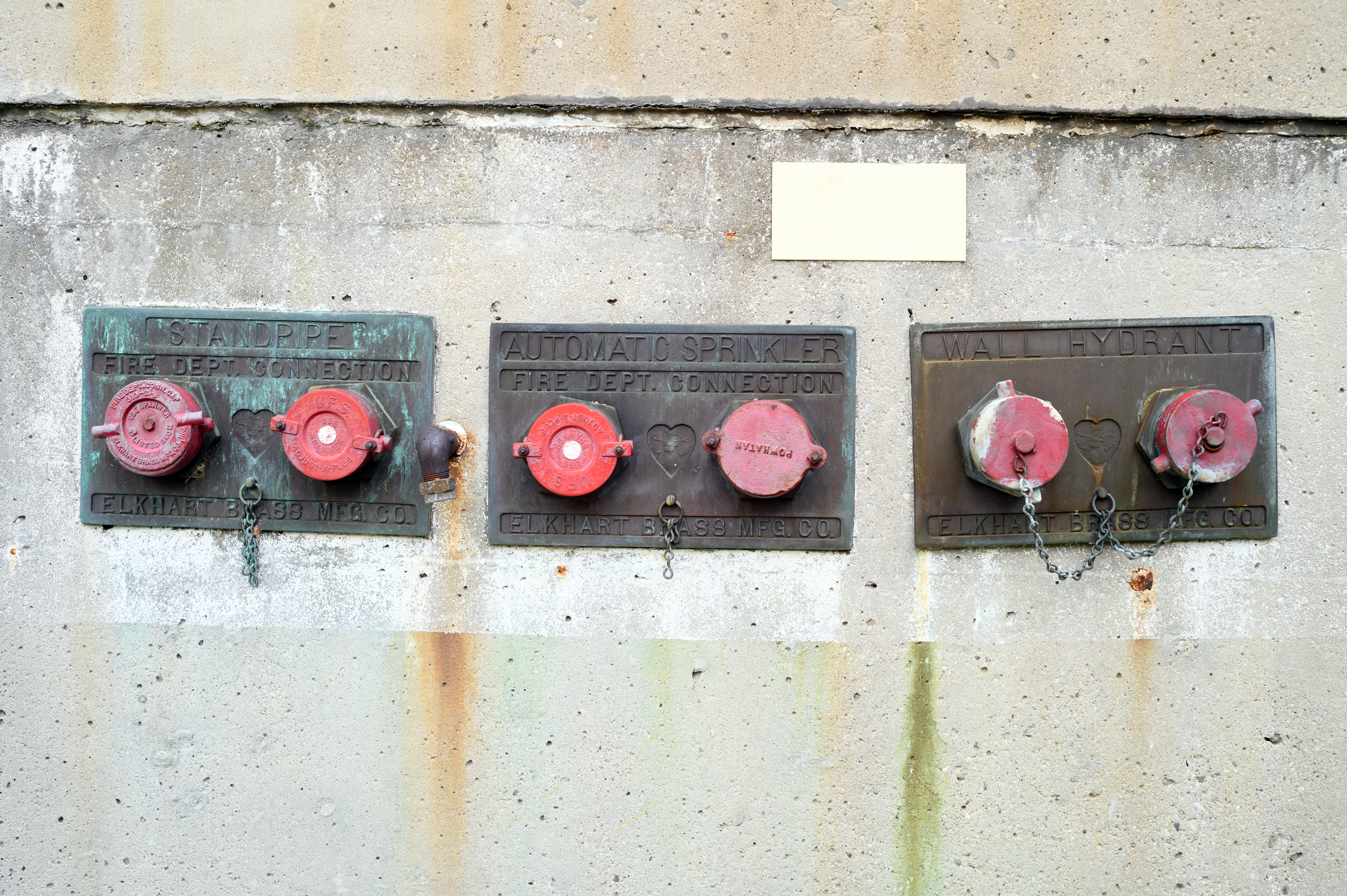
f/11
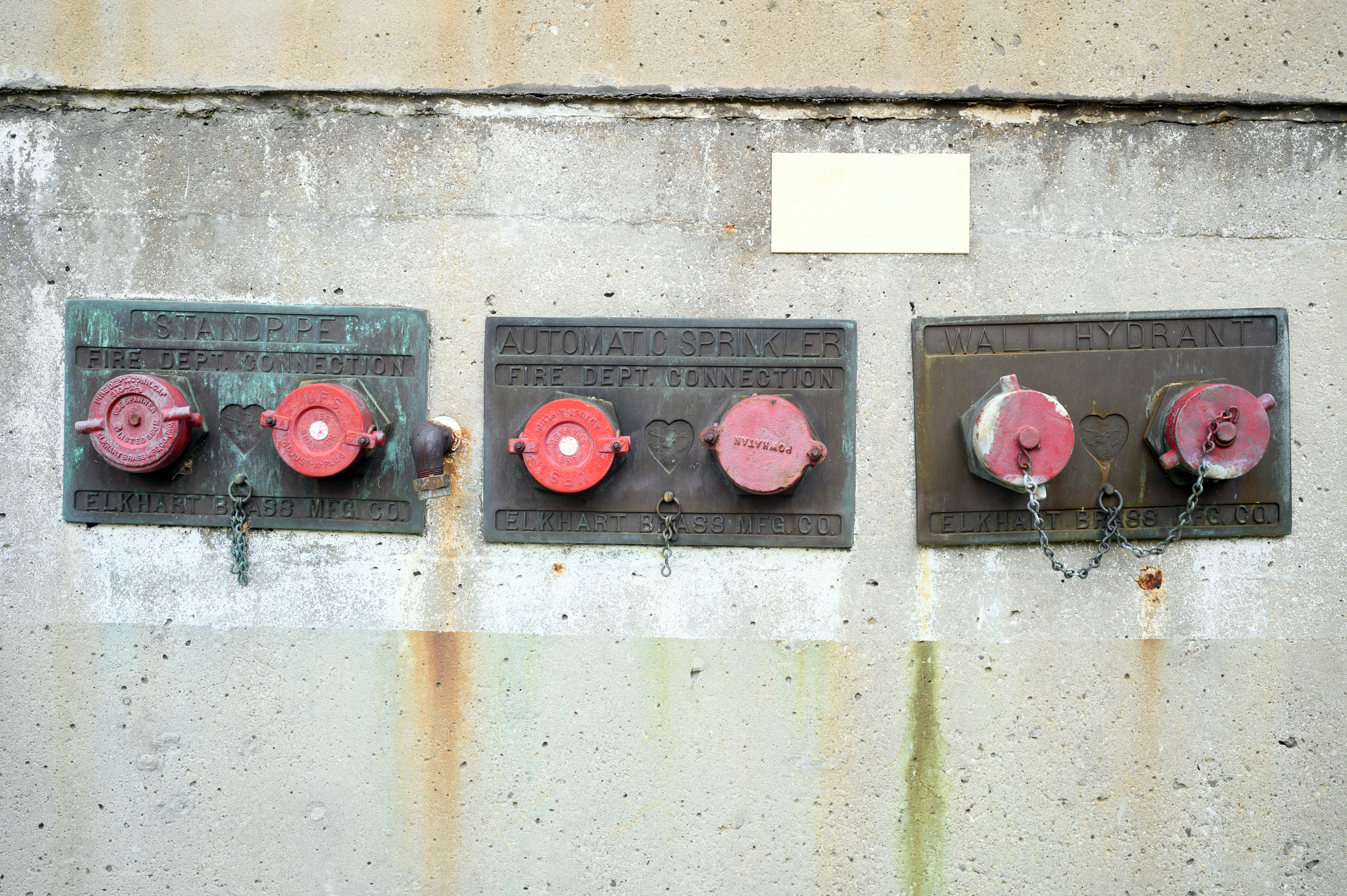
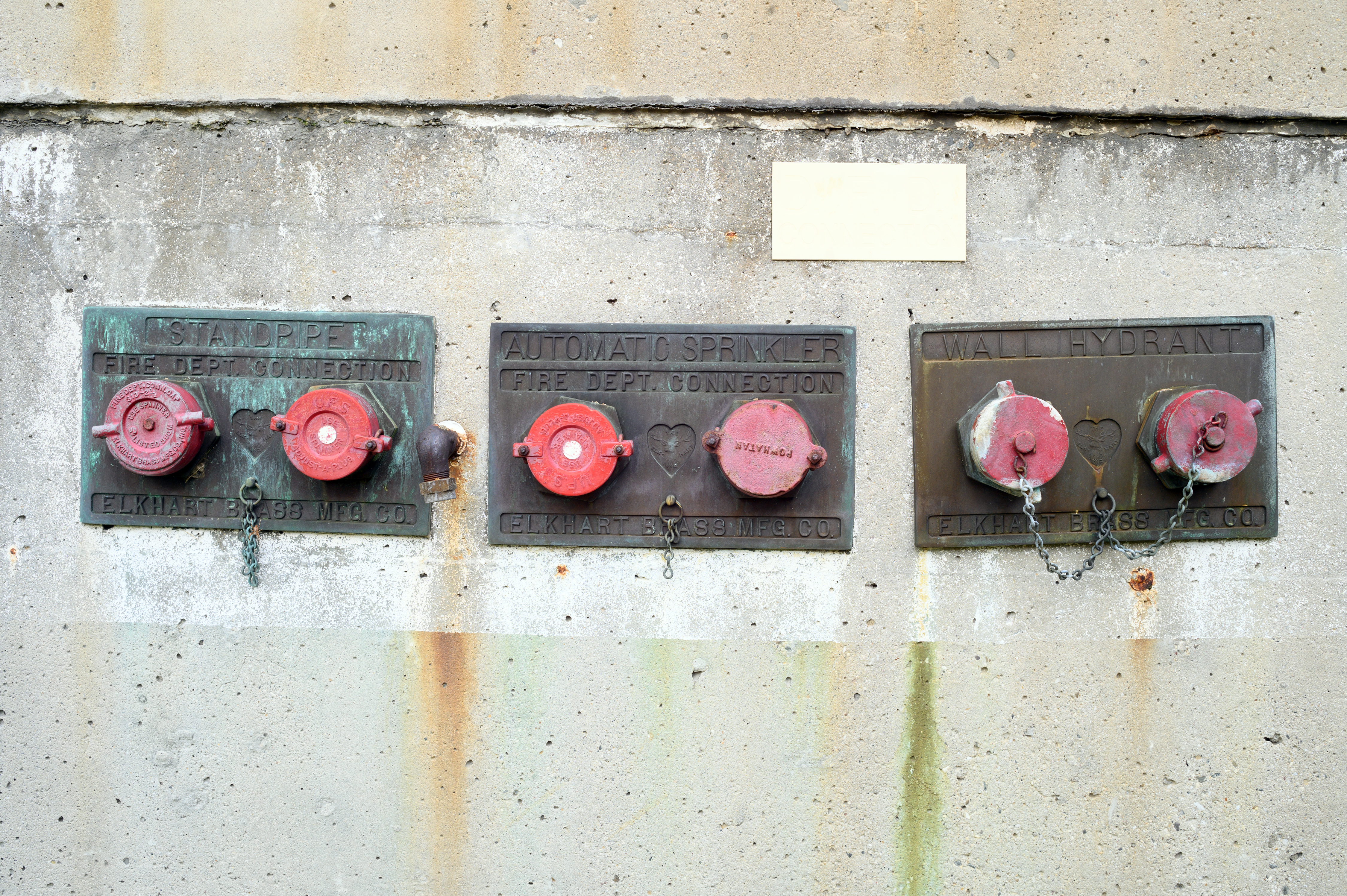
Indoor Shots
f/2

f/2.8


f/4


f/5.6


f/8


Conclusions
The advantages of the f/2 over the f/2.8 are: (1) speed; (2) better center and corner sharpness; (3) less light fall-off at wider apertures; and (4) creamier/dreamier/more pleasant out-of-focus details. On the other hand, the advantages of the f/2.8 are: (1) less visible distortion; and (2) its ability to capture more detail in the out-of-focus areas. Both lenses ultimately hit their respective peaks at around f/8-11.
If you regularly use a Konica SLR, the f/2 is great a lens to own. If you are a digital mirrorless user and are looking for “classic SLR lens rendering,” this f/2 will also not disappoint. It is completely useable wide open with pleasant out-of-focus details, is pretty sharp at its optimal apertures, and has plenty of old lens “character.” Any distortion that bothers you can be easily fixed in post.
At the same time, the f/16 version of the f/2.8 is nothing special. It performs adequately, but not spectacularly. It has so-so wide open performance and does not hit its peak until about f/8-11, and even there it demonstrates good, but not great, performance. Maybe Konica’s later f/22 version is better? Who knows?